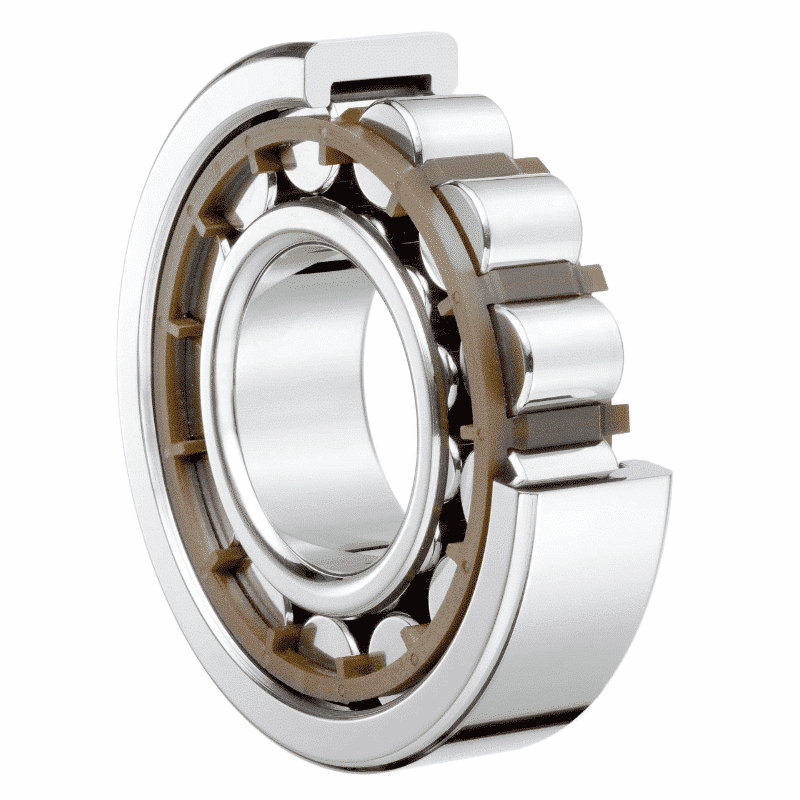Not known Details About Volution Bearing
Not known Details About Volution Bearing
Blog Article
The Greatest Guide To Volution Bearing
Table of ContentsGetting My Volution Bearing To WorkFascination About Volution BearingIndicators on Volution Bearing You Should Know4 Easy Facts About Volution Bearing Shown
An axial (or drive) bearing tons is when force is alongside the axis of the shaft. A radial bearing lots is when pressure is perpendicular to the shaft. Then a mix bearing tons is when parallel and vertical forces produce an angular pressure relative to the shaft. Ball bearings are designed with round spheres and can distribute lots over a medium-sized area.Below is a fast recommendation for the kind of birthing load and the finest ball bearing for the work: Radial (perpendicular to the shaft) and light lots: Select radial sphere bearings (additionally called deep groove sphere bearings). Radial bearings are several of one of the most common sorts of bearings on the market.
The balls speak to the raceway at an angle which much better supports combination loads. Roller bearings are made with cylindrical rollers that can distribute lots over a larger surface than ball bearings. They often tend to function better for hefty load applications. Below is a quick referral for the sort of birthing lots and the most effective roller bearing for the task: Radial (vertical to the shaft) loads: Select conventional cylindrical roller bearings Axial (propelled) (alongside the shaft) loads: Select round thrust bearings Incorporated, both radial and axial, loads: Select a taper roller bearing The rotational rate of your application is the next variable to look at when selecting a bearing - https://www.edocr.com/v/q7a6eyvg/jasonbrown30666/volution-bearing.
They execute far better at greater speeds and offer a higher rate array than roller bearings. One reason is that the get in touch with in between the rolling element and the raceways in a sphere bearing is a factor rather of a line of contact, like in roller bearings. Since rolling components press right into the raceway as they surrender the surface area, there is a lot less surface area contortion occurring in the point lots from ball bearings.
The Single Strategy To Use For Volution Bearing

If this takes place, an easy and typical solution is to switch over the ball bearing material from steel to ceramic. This keeps the bearing size the same but provides approximately a 25% greater speed score. Because ceramic product is lighter than steel, ceramic spheres create less centrifugal force for any given speed.
One reason is that the rounds are smaller and smaller balls weigh less and produce less centrifugal pressure when revolving. Angular call bearings additionally have an integrated preload on the bearings which deals with centrifugal pressures to effectively roll the rounds in the bearing. If you are creating a high-speed application, after that you'll desire a high-precision bearing, typically within the ABEC 7 precision course.
The Ultimate Guide To Volution Bearing
High accuracy bearings are reliable for applications that go quick because they guarantee excellent ball and raceway communication.
Some applications, like reducing device spindles, will only permit a small variance to occur on its turning parts. If you are engineering an application like this, then select a high precision bearing due to the fact that it will generate smaller sized system runouts because of the limited resistances the bearing was manufactured to. Bearing strength is the resistance to the force that triggers the shaft to drift from its axis and plays a crucial duty in reducing shaft runout.

When the angular call bearings are mounted, the offset is removed which triggers the spheres to press into the raceway without any type of outdoors application force. This is called preloading and the process enhances bearing rigidness even before the bearing sees any type of application forces. Knowing your bearing lubrication requirements is necessary for selecting the ideal bearings and requires to be taken into consideration early in an application layout.
The Greatest Guide To Volution Bearing
Lubrication produces a movie of oil in between the rolling element and the bearing raceway that helps prevent rubbing and getting too hot. One of the most typical kind of lubrication is grease, which contains an oil with a thickening agent. The thickening agent maintains the oil in location, so it won't leave the bearing.
After the rolling element passes by, the oil and thickening agent sign up with back with each other. For high-speed applications, understanding the speed at which the oil and thickener basics can separate and rejoin is vital. This is called the application or bearing n * dm worth. Before you select an oil, you need to locate your applications ndm worth.
Compare your ndm value to the oil's max speed worth, located on the datasheet. If your n * dm worth is more than the oil max rate value on the datasheet, after that the grease will not be able to provide adequate lubrication and early failure will certainly occur. An additional lubrication option for high-speed applications are oil haze systems which mix oil with pressed air and then infuse it into the bearing raceway at metered periods.
Report this page